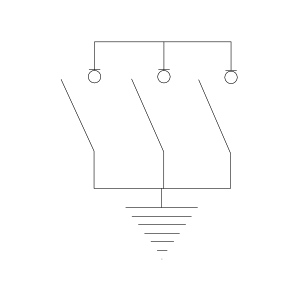Hi @JXR
Thanks for posting in the Lucid Community.
Please check out this Community post to learn how to make custom shapes using the Lucid API. This Community post also walks you through how to create custom shapes using Lucidchart! Hope these help. Thanks!
Hell @ssahagun,
The tools within Lucid don’t let me build SVGs with the same speed as something like Designer or even Inkscape. Are there no guidelines about what features of SVG are and aren’t supported as well as how Lucid handles them? In my case, Lucid recognizes some features but not others. A description of Lucid behavior regarding imported images would go a long way when making them. Bulk import using the first post you mentioned doesn’t assist me since that wouldn’t make sure my shapes are properly rendered
Hi @JXR,
Thanks for following up! Please check out our Troubleshooting: Images article if your imported images are not behaving as expected.
In addition to SVGs, Lucid supports the import of Visio stencils for custom shape libraries. To learn how to import Vision stencils, check out this article.
Our SVG file import feature allows users to easily create custom shape libraries inside Lucidchart. Here is an article on using SVG files within Lucidchart. Once you have imported the SVG file you should be able to customize and change the color of the lines as a shape. However do note that SVG file importing is a premium feature and you will need to have a subscription to have access.
Please let me know if you have any further questions!
Hi @ssahagun,
I have Premium. That’s how I discovered that SVGs aren’t behaving as expected when imported. A set of ideal SVG reference files might also help since I expect that there’s something about the Lucid Chart engine behavior that is causing the problem. Since SVGs are human readable it’s easy enough to identify what’s well supported from looking at the XML from the examples.
Best wishes,
JXR
